Donggul Maeuntang (동굴매운탕)
12.7Km 2021-03-26
26-2, Gangnam-ro, Andong-si, Gyeongsangbuk-do
+82-54-859-3369
The spicy freshwater maeuntang is famous. This restaurant's signature menu is spicy fish stew. This Korean dishes restaurant is located in Andong-si, Gyeongsangbuk-do.
Andong Folk Village (안동민속촌)
12.7Km 2024-05-30
Seonggok-dong, Andong-si, Gyeongsangbuk-do
+82-54-852-6800
On the other side of the subsidiary dam of Andong Dam, thatched houses can be sparsely seen on a hilltop. The area is practically an outdoor museum, displaying traditional houses that were moved to safety prior to the construction of Andong Dam. Two jangseung (traditional Korean totem poles) are raised at the entrance of the outdoor museum, followed by a monument inscribed with the poem of famous Andong poet and democracy activist, Lee Yuk-sa. On the monument, his most noted work “Gwangya” (Wild Plain) is carved.
Nearby attractions include Andong Museum, Lee Yuk-sa Monument, a filming site of “Taejo Wang Geon (2000)," and Andongho Lake.
Andongho Lake (안동호)
12.7Km 2021-01-29
Hoban-ro, Andong-si, Gyeongsangbuk-do
+82-54-856-3013
Known as a popular fishing spot and recreation site, Andongho Lake is an man-made lake created by obstructing the upper stream of the Nakdonggang River as part of the government’s Four Major Rivers Restoration Project. Andong Dam is the second largest dam in Korea, following Soyanggang Dam. The x_height of the dam is 83 meters and the length is 612 meters.
The landscape surrounding Andongho Lake is nothing short of magnificent. There is a dock for boats on the lake, which is also popular as a fishing destination. Bass caught here are especially strong and tasty. An international bass fishing tournament is held here every year. There are also tourist attractions nearby such as the Dosanseowon Confucian Academy and Andong Hahoe Village.
Andong Gunja Village (안동 군자마을)
12.8Km 2024-02-23
29 Gunjari-gil, Waryong-myeon, Andong-si, Gyeongsangbuk-do
Andong Gunja Village, established 600 years ago, was relocated 2 kilometers from its original site due to submergence during the construction of Andong Dam. The village's tradtional houses and pavilions were meticulously moved to preserve their historic value. Known as Gunja Village, it derives its name from a remark by the Joseon-era civil servant Jeong Gu, who noted, "There is no one in the village who is not a Gunja (gentleman)". The village is home to over 20 ancient houses, including the Hujodang Head House and Takcheongjeong Pavilion, maintained in their original state. Moreover, the village archives over 1,000 documents detailing adoption, property ownership, and labor distribution.
Andong Gunja Village (Ocheon Historic Site) (안동 군자마을(오천유적지))
12.9Km 2024-10-24
29 Gunjari-gil, Waryong-myeon, Andong-si, Gyeongsangbuk-do
+82-54-852-5414
Andong Gunja Village is a cluster of around twenty hanok. During the Joseon dynasty, this area produced many scholars, hence earning the name Gunja Village, meaning a village where many learned scholars reside. Designated cultural heritage sites include Takcheongjeong Historic House, and Shrine of the Gwangsan Kim Clan. Visitors can experience hanok stay, immersing themselves in the ambiance of historic houses and traditional customs.
Donkkaseu Cafe (돈까스카페)
13.0Km 2021-05-25
277, Gangnam-ro, Andong-si, Gyeongsangbuk-do
+82-54-859-7930
It is a good place for the perfect sauce and crispy Korean pork cutlet. This Korean dishes restaurant is located in Andong-si, Gyeongsangbuk-do. The most famous menu is pork cutlet.
Wanggojib Mauntang (왕고집매운탕)
13.0Km 2021-03-24
13, Jeongeori, 3-gil, Andong-si, Gyeongsangbuk-do
+82-54-822-6950
It is a place where you can eat various fish dishes. This Korean dishes restaurant is located in Andong-si, Gyeongsangbuk-do. The most famous menu is spicy fish stew.
Yangsodang[Korea Quality] / 양소당[한국관광 품질인증]
13.1Km 2024-10-30
28 , Jangtaegol-gil, Andong-si, Gyeongsangbuk-do
+82-10-9005-0891, +82-10-5260-9565
Yangsodang is the head house of the Andong Kim Clan, which dates back 230 years and is located in Sosan Village in Andong, Gyeongsangbuk-do. Being a true hanok built by joining wood without nails, this house is a perfect place to take in the beauty of traditional Korean architecture. There are five guest rooms, including the Anchae Anbang (main room in the main building), a large ondol (underfloor heated) room across from the Anchae (main building), and a large Sarangchae (detached building) that has two rooms with a maru (wide wooden floor area); all of the rooms, except the small room, have either a daecheong maru (wooden-floored living room) or toenmaru (narrow wooden porch). In the yard east of Yangjo-dang, you can experience what it is like to live in a hanok, as well as participate in craft activities using Hanji (Korean paper).
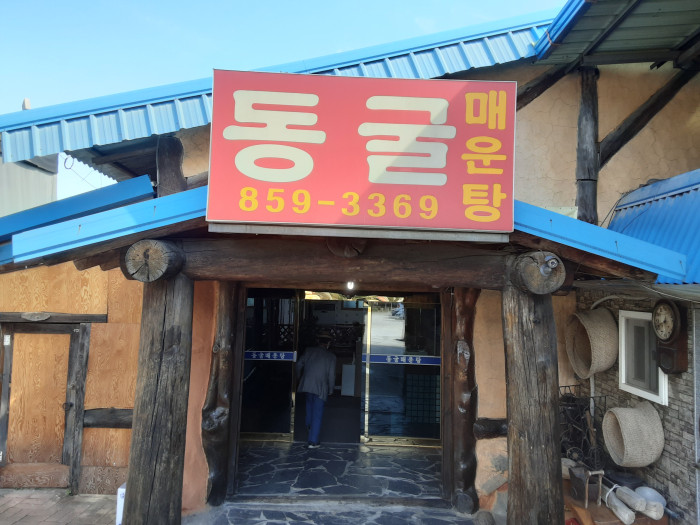
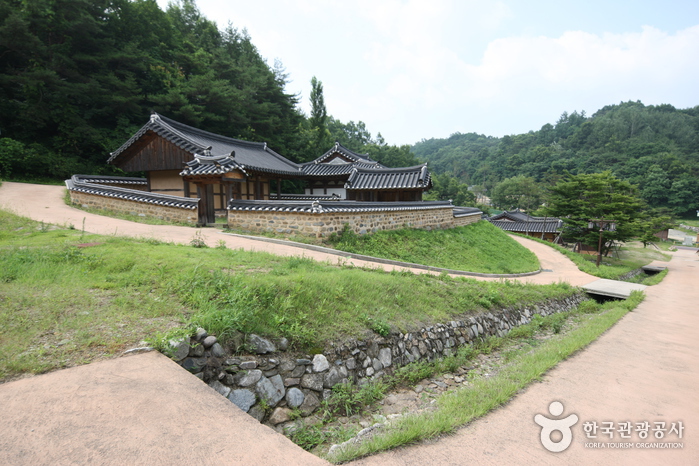
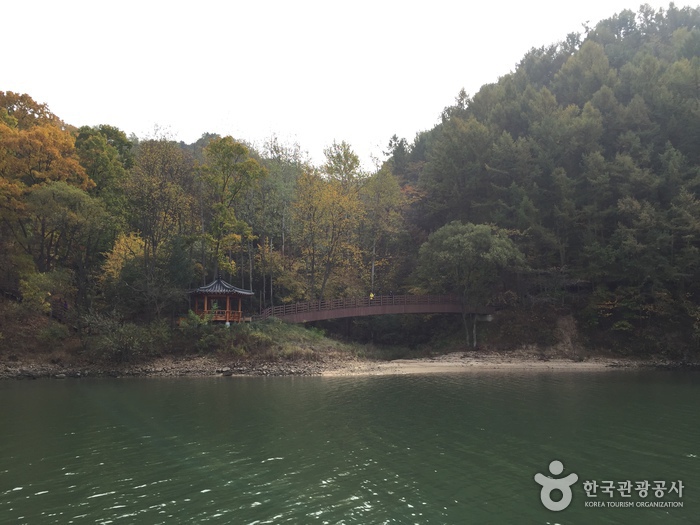
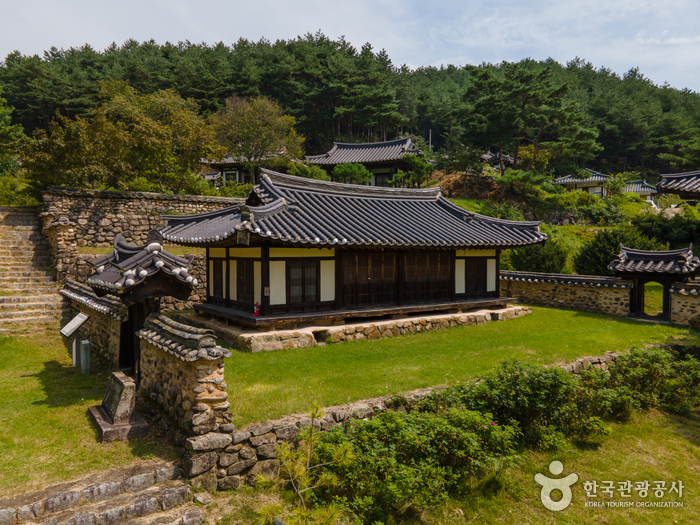
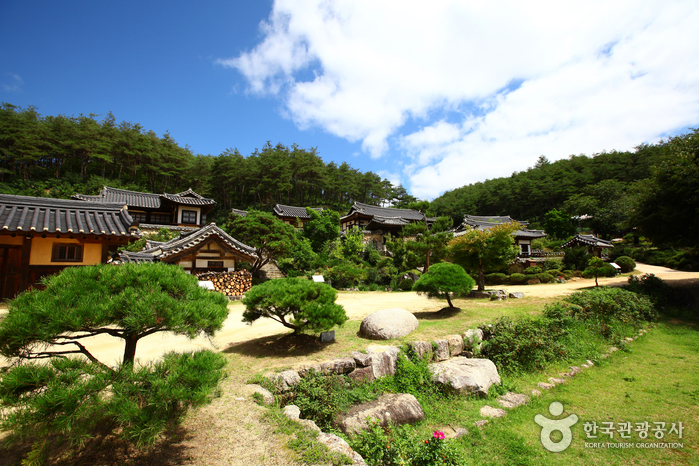
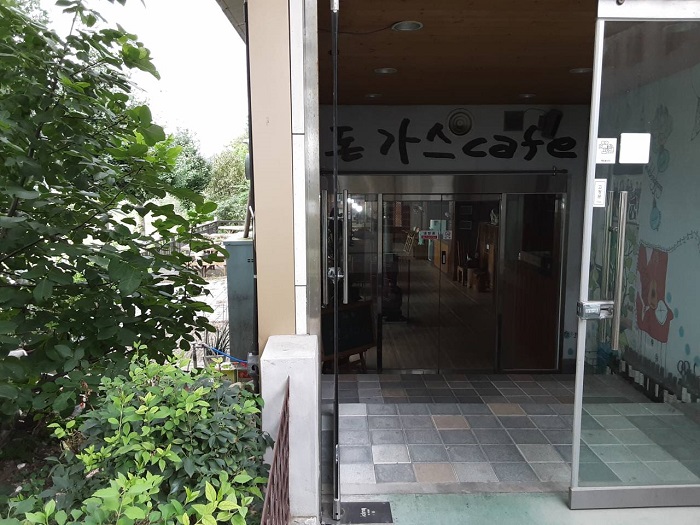
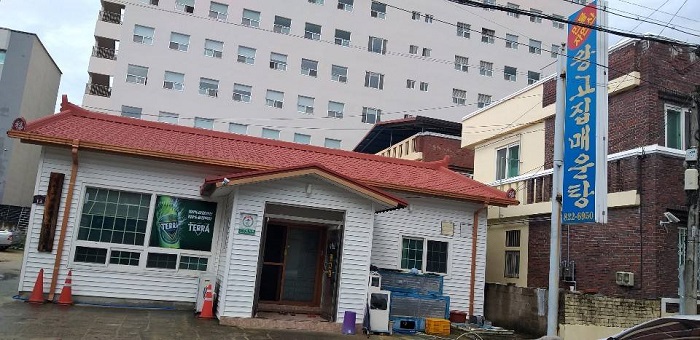
![Yangsodang[Korea Quality] / 양소당[한국관광 품질인증]](http://tong.visitkorea.or.kr/cms/resource/55/2803255_image2_1.jpg)
 English
English
 한국어
한국어 日本語
日本語 中文(简体)
中文(简体) Deutsch
Deutsch Français
Français Español
Español Русский
Русский